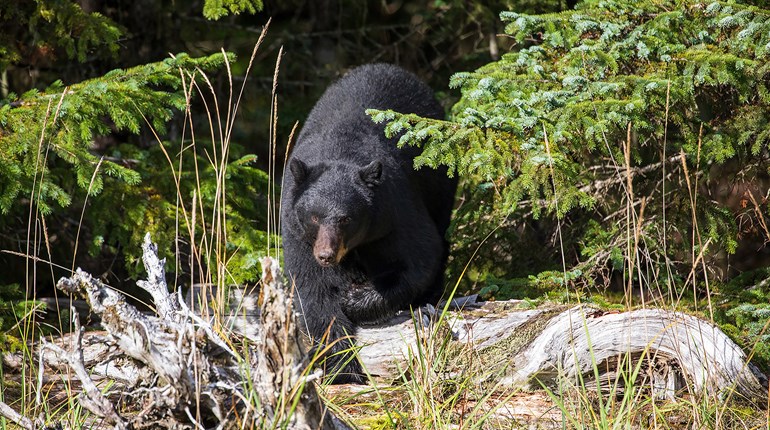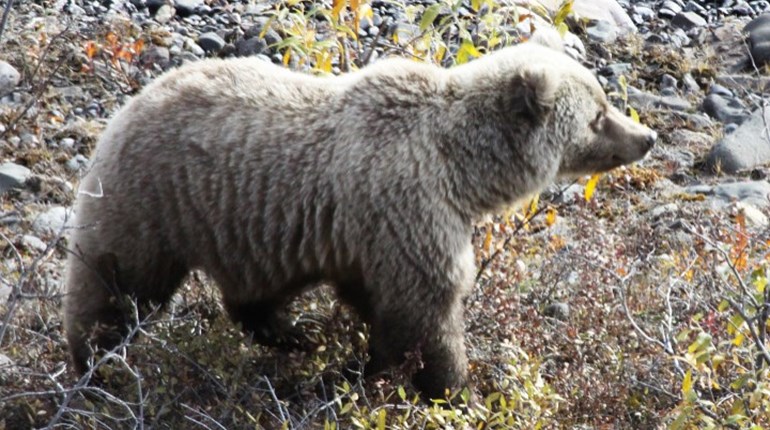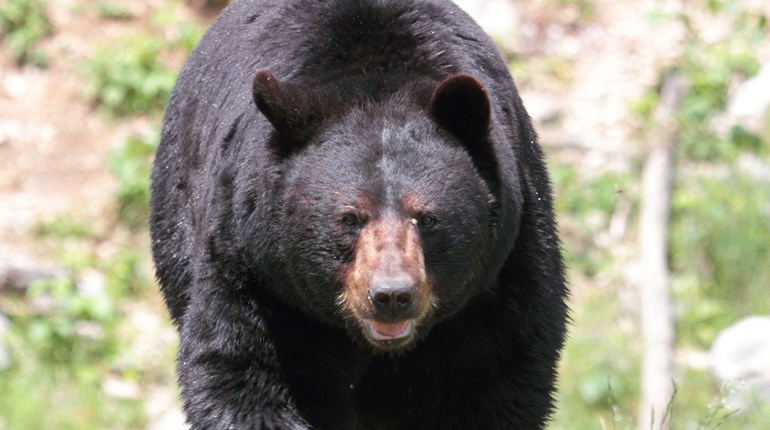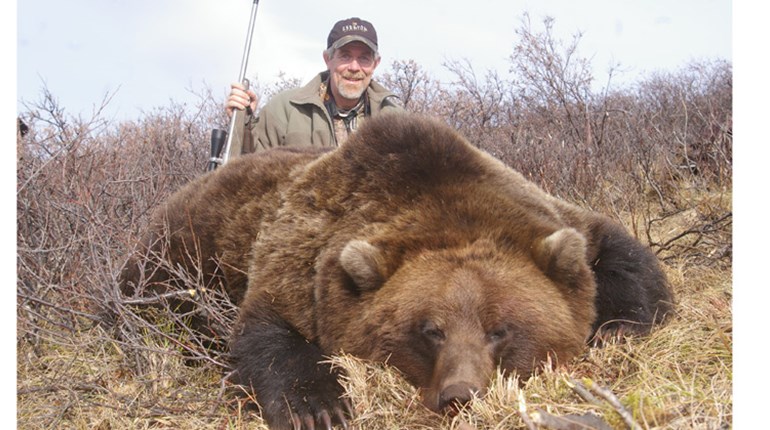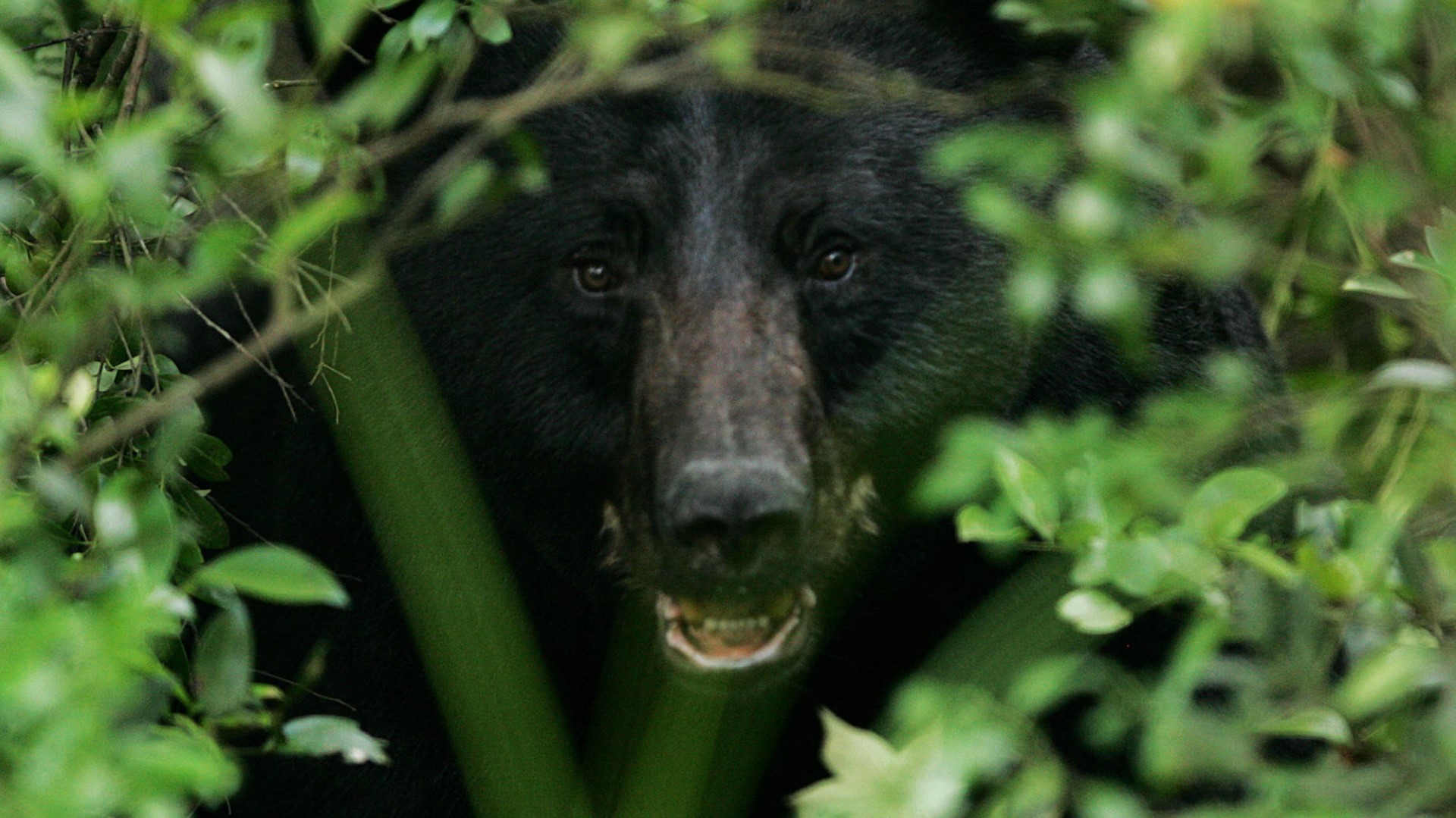
On August 20, 2022 61-year-old Susan Lee was walking her two dogs on her own property in Strafford, Vermont, when she got what was probably the nastiest surprise of her life: A black bear attacked her. It was something of a surprise to everyone else as well; after all, black bears are generally far less aggressive than their size and reputation might suggest. It was, in fact, only the third black bear attack on a human recorded in the state ... so what went wrong, and what can we learn from it?
According to the Vermont Fish and Wildlife Department, which responded to Ms. Lee's emergency call, the trouble started with the dogs. Ms. Lee was walking trails on her own property, and therefore hadn't leashed either of her dogs—a Jack Russell terrier and a Labradoodle (which is a Labrador/poodle hybrid). Lee's dogs had run out of her sight, so she called them back to her. They did come, but not alone.
Ms. Lee heard a loud noise and realized to her horror that she was being charged by a black bear. Panicking, she tried to run, but tripped over a stone wall. In moments, the bear was on top of her and biting her thigh.
That's when the Jack Russell terrier intervened. As anyone who has ever hunted Africa can tell you, Jack Russell terriers are born without fear and will cheerfully charge a wounded lion. Lee's dog barked at the bear to draw its attention away from its master in a display of mad Jack Russell bravery, a tactic that worked. She was able to regain her feet and beat a hasty retreat, wounded but alive.
Once home, she called 911 and texted her neighbor for transportation to the hospital. Her non-life-threatening (but absolutely terrifying) injuries included a bite wound on her upper left leg and multiple scratches between 2" and 9" long on both her sides.
Game Warden Sergeant Jeffrey Whipple and Game Warden Kyle Isherwood responded to the call. Although they weren't able to locate the bear, they were able to conclude that the bear was a sow with cubs and that the attack was likely provoked when Ms. Lee and her dogs surprised the group. They also attempted to locate the bear but were unsuccessful.
Although it's very important to stress that Ms. Lee did nothing "wrong" in walking her dogs on her own property, there are some lessons here for all of us. First, as the game wardens noted, the bear attack may have seemed unprovoked, but it wasn't (at least, not from the bear's perspective). It began with those unleashed dogs, and their breeds.
As we've noted, terrier breeds are hunting dogs, and fearless ones, at that. Labradoodles are something of a mixed bag; the poodle that makes up part of the breed's pedigree adds an element of intelligence and aggression to the normally placid Labrador temperament. Although Ms. Lee didn't see this part of the encounter, it's highly likely that the dogs approached the cubs in the group. When the sow challenged them, they ran back to Lee ... with the bear in hot pursuit.
Next, Ms. Lee made the (totally understandable under the circumstances) mistake of trying to run. It's a mistake for two reasons: First, as far as bears are concerned, anything running away from them is prey. Second, it's not possible to outrun a bear because their top speed is about 30 mph. So if something like this happens to you, heed the Vermont Fish & Wildlife department's advice:
“Bear attacks are extremely rare in Vermont,” said Comeau, adding that the department has records of only three prior bear attacks in the state. “However, at this time of year black bears are moving in family units and mothers will be protective of their cubs. If confronted by a bear it is essential to remain calm and back away slowly, and to fight back immediately if attacked.”













